In the vast and often overwhelming world of beauty, selecting the right makeup products can feel like navigating a labyrinth. With countless brands, formulations, and shades on offer, it’s easy to get lost. However, armed with the right knowledge and a strategic approach, you can confidently choose products that enhance your natural beauty, suit your skin type, and align with your personal style.
This website contains affiliate links, that means when you make a purchase a receive a commission without any additional cost for you.
This comprehensive guide will provide you with invaluable tips for choosing the right makeup products, ensuring your beauty routine is both effective and enjoyable.
Understanding Your Skin: The Foundation of Flawless MakeupBefore you even think about brushes and palettes, the absolute first step in tips for choosing the right makeup products is to deeply understand your skin. Your skin type and undertone are the two most crucial factors that will dictate which products will work best for you.


* Skin Type: * Normal Skin: Balanced, neither too oily nor too dry. You have a wide range of products available to you.
* Oily Skin: Characterized by excess sebum production, leading to shine, enlarged pores, and a tendency towards breakouts. Look for oil-free, mattifying, and non-comedogenic (won’t clog pores) formulas.
* Dry Skin: Feels tight, flaky, and may appear dull. Hydration is key. Opt for moisturizing, dewy, and cream-based products. Avoid powders that can accentuate dryness.
* Combination Skin: Oily in some areas (typically the T-zone: forehead, nose, chin) and dry or normal in others. You might need to use different products for different areas or find formulas designed for combination skin.
* Sensitive Skin: Prone to redness, itching, burning, or breakouts from certain ingredients. Seek out hypoallergenic, fragrance-free, and dermatologically tested products. Patch-testing new products is highly recommended.
* Skin Undertone: This refers to the subtle hue beneath the surface of your skin. Knowing your undertone is vital for choosing the correct foundation, concealer, and even blush and lipstick shades.
* Cool Undertones: Skin has pink, red, or bluish undertones. Veins on your wrist appear blue or purple. Silver jewelry tends to look better on you.
* Warm Undertones: Skin has golden, yellow, or peachy undertones. Veins on your wrist appear green. Gold jewelry tends to look better on you.
* Neutral Undertones: A mix of both warm and cool, or neither is dominant. Veins may appear a mix of blue and green. Both gold and silver jewelry look good.
A simple way to check your undertone is to look at the veins on your wrist in natural light.
Decoding Product Formulations and Ingredients
Once you understand your skin, the next step in our tips for choosing the right makeup products is to delve into the world of product formulations and ingredients.
Foundation and Concealer:
* Coverage: Light, medium, full. Choose based on your desired look and the amount of correction needed.
* Finish: Matte, natural, dewy, satin. This should align with your skin type and preference. Oily skin often benefits from matte, while dry skin thrives with dewy.
* Ingredients: Look for non-comedogenic if you’re prone to breakouts. If you have sensitive skin, opt for mineral-based or those free from common irritants like fragrance and parabens. SPF is an added bonus.
Primer:
* Purpose: To create a smooth canvas, extend makeup wear, and address specific concerns (e.g., pore-minimizing, hydrating, color-correcting).
* Formulation: Silicone-based for blurring, water-based for hydration.
Powder:
* Purpose: To set makeup, control shine, and provide extra coverage.
* Type: Loose for a lighter finish, pressed for more portability and touch-ups.
* Finish: Translucent for all skin tones, tinted for added coverage.
Blush, Bronzer, and Highlighter:
* Formulation: Powder, cream, liquid. Cream and liquid often give a more natural, dewy finish, while powders offer more pigment and staying power.
* Shade Selection: Choose shades that complement your skin tone and undertone.
Eyeshadow:
* Formulation: Powder, cream, liquid.
* Finish: Matte, shimmer, satin, metallic.
Pigmentation: Look for good color payoff.
Mascara:
* Wand Type: Defines volume, length, or curl.
* Formula: Lengthening, volumizing, curling, waterproof.
Lipstick/Lip Gloss:
* Finish: Matte, satin, glossy, sheer.
* Formulation: Hydrating, long-wearing.
* Shade: Complementary to your skin tone and personal preference.
Testing and Sampling: Your Best Allies
One of the most important tips for choosing the right makeup products is to never shy away from testing.
* In-Store Swatching: While swatching on your hand can give you an idea of color, it’s not always accurate for face products. For foundation and concealer, swatch a small amount on your jawline and blend it down to your neck in natural light. The shade that disappears seamlessly is your match.
* Samples: Many beauty counters offer samples. This is an excellent way to try a product for a few days to see how it performs on your skin, especially for foundations and skincare-infused makeup.
* Return Policies: Familiarize yourself with the return policies of retailers. This provides a safety net if a product doesn’t work out after a few uses.
Beyond the Product: Ethical and Practical Considerations
As you hone your tips for choosing the right makeup products, consider these broader aspects:
* Budget: Makeup ranges from affordable to luxury. Set a budget and explore options within that range. You don’t need to break the bank to find high-quality products.
* Brand Reputation and Values: Research brands. Are they cruelty-free? Do they prioritize sustainable practices? Do their values align with yours?
* Reviews: Read reviews from other users, but take them with a grain of salt. What works for one person may not work for another. Look for reviews from people with similar skin types or concerns.
* Expiration Dates: Yes, makeup expires! Look for the PAO (Period After Opening) symbol, an open jar with a number followed by ‘M’ (e.g., 12M for 12 months). Using expired makeup can lead to irritation or bacterial infections.
* Your Lifestyle: Consider your daily routine. If you’re always on the go, perhaps multi-purpose products or simpler routines are better. If you enjoy experimenting, a wider range of products might be for you.
Building Your Essential Makeup Kit
As you master the tips for choosing the right makeup products, you’ll naturally gravitate towards a core set of essentials:
* Primer (optional but recommended for longevity)
* Foundation/Tinted Moisturizer/BB Cream (based on desired coverage)
* Concealer
* Setting Powder
* Blush
* Mascara
* Eyebrow Product (pencil, gel, powder)
* Lip Product (balm, lipstick, gloss)
* Basic Brush Set (foundation, powder, blush, eyeshadow)
From there, you can gradually expand your collection with eyeshadow palettes, bronzers, highlighters, eyeliners, and more, as your skills and interests grow.
Conclusion
Choosing the right makeup products is a journey of discovery. By understanding your skin, deciphering formulations, taking advantage of testing opportunities, and considering ethical aspects, you can build a makeup collection that truly works for you. Remember, the goal isn’t to follow every trend, but to select products that make you feel confident, beautiful, and authentically yourself. These tips for choosing the right makeup products are your compass in the exciting world of beauty. Happy exploring!
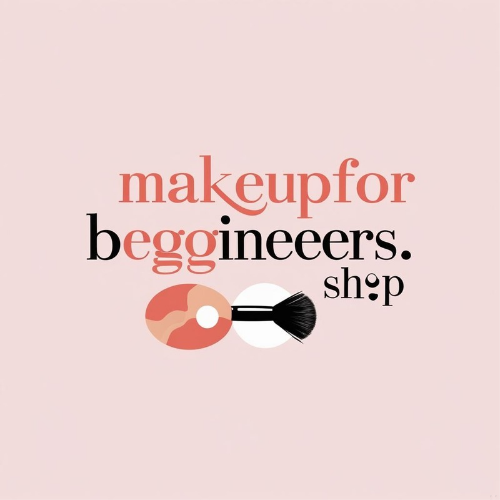
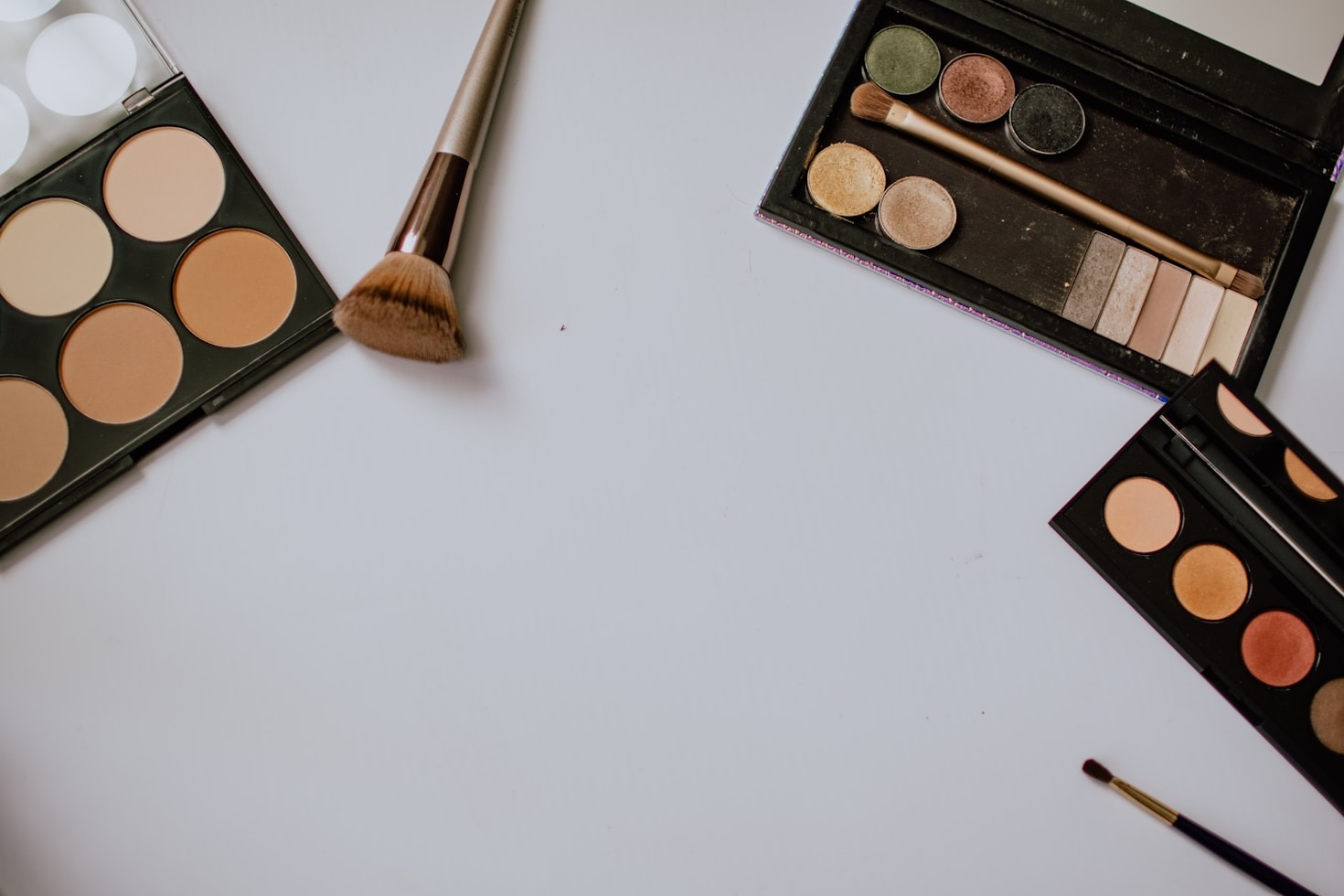
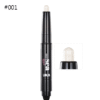
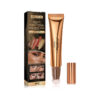
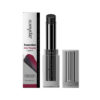
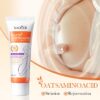
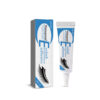
Leave a Reply